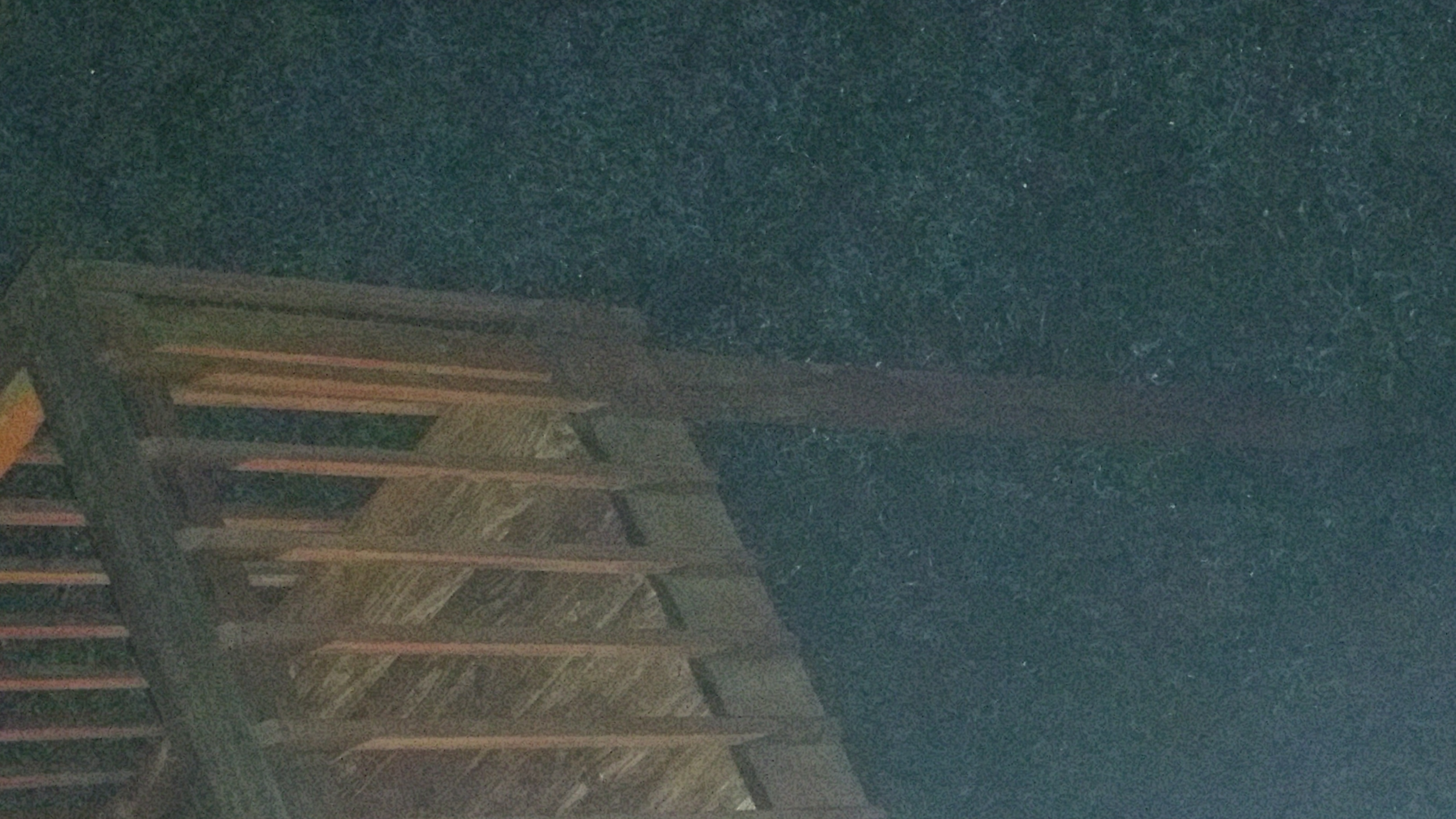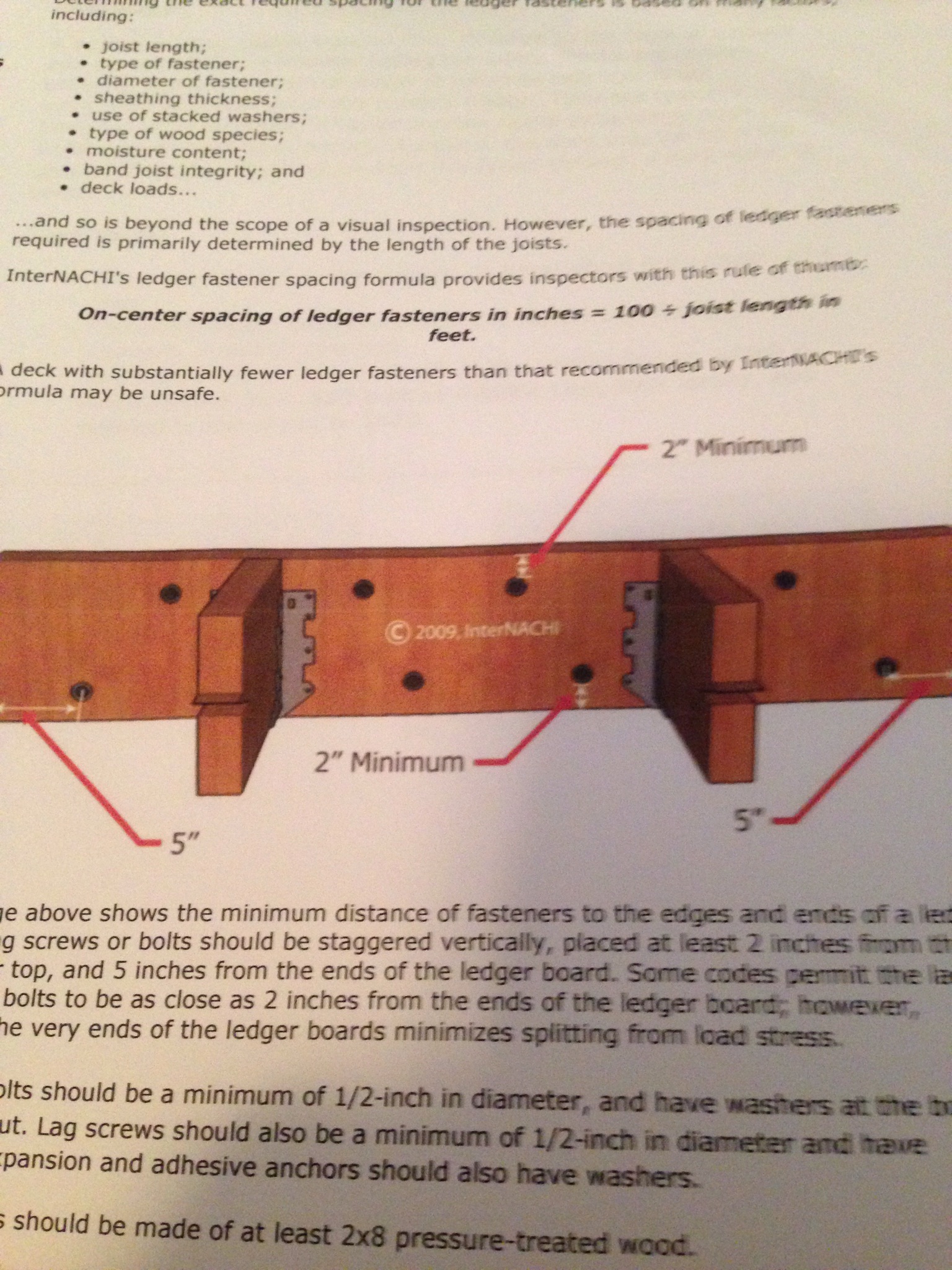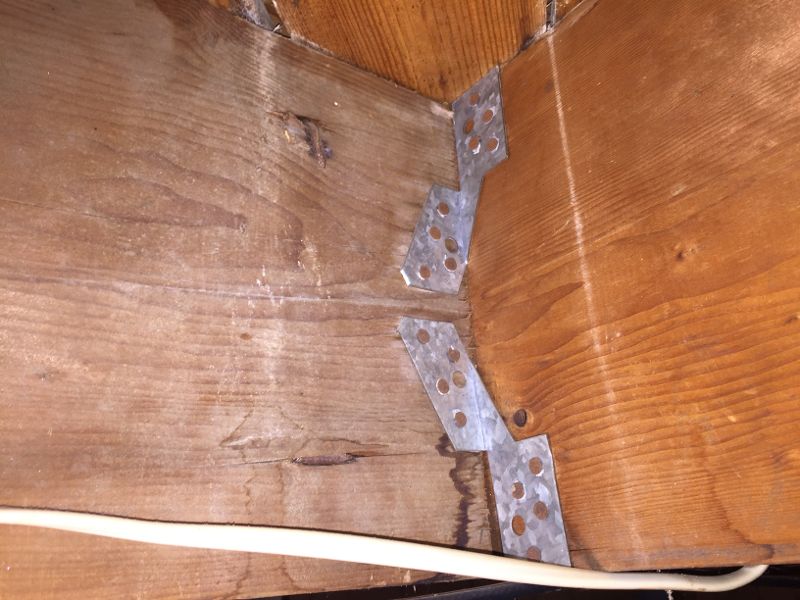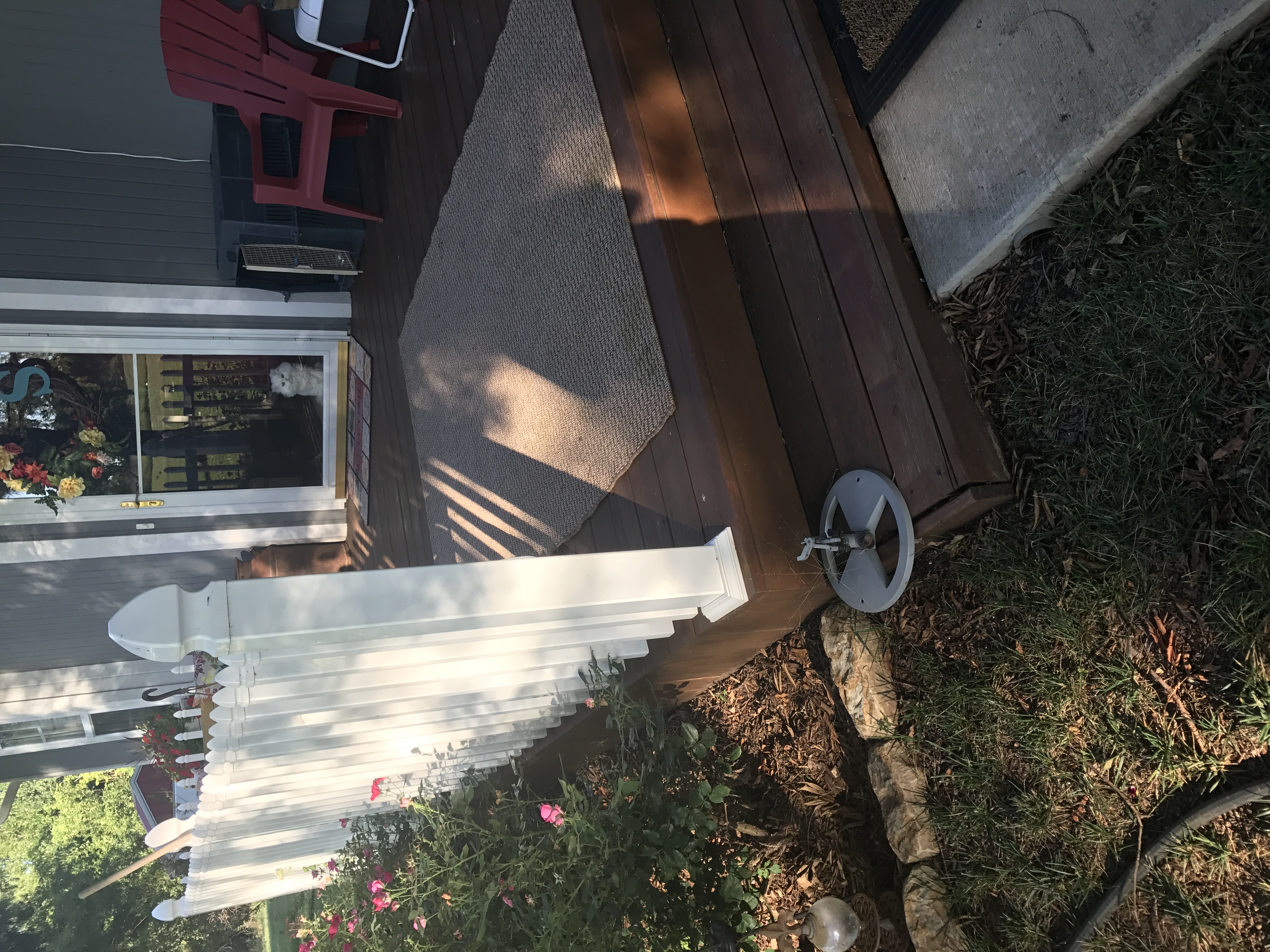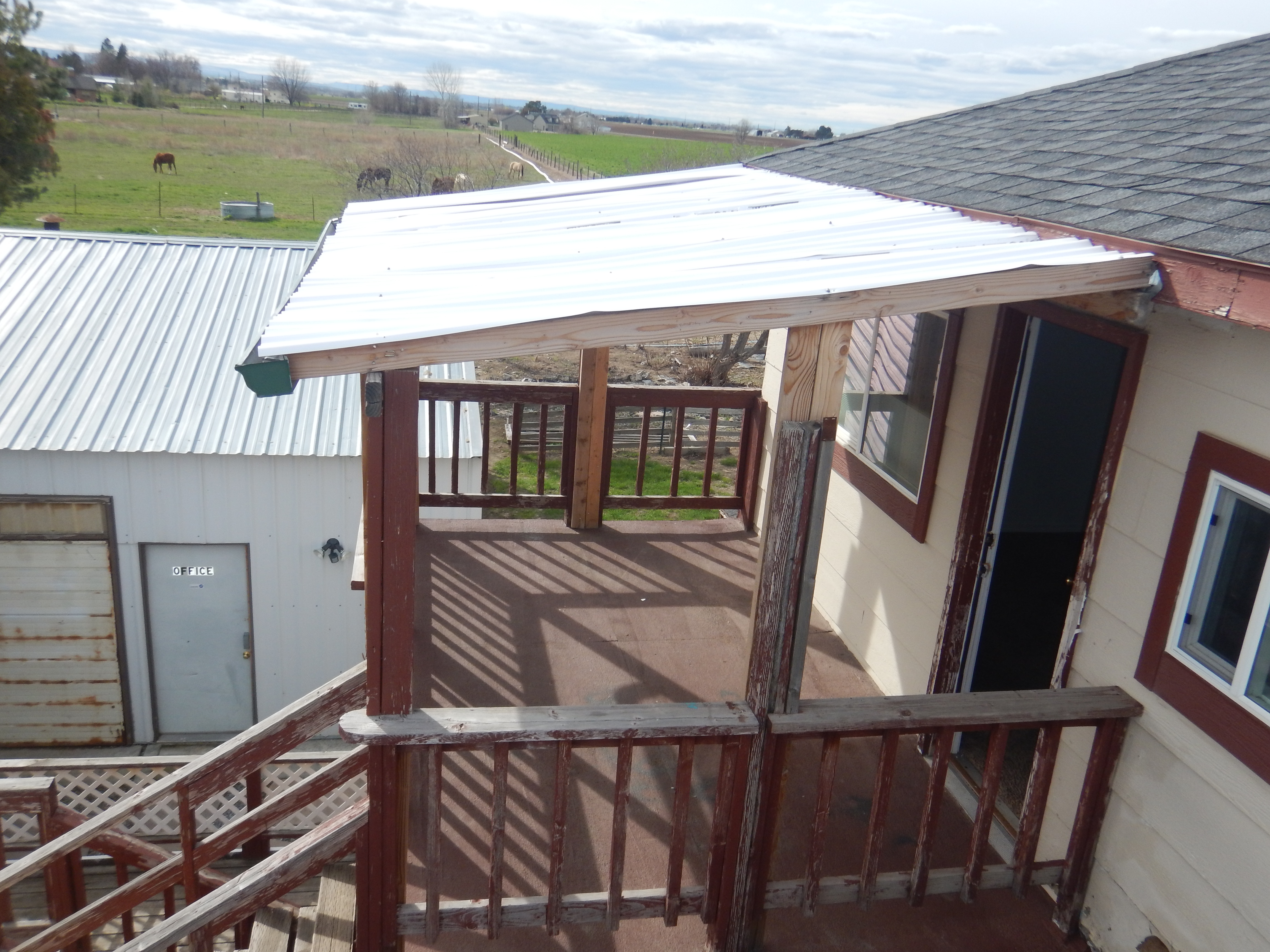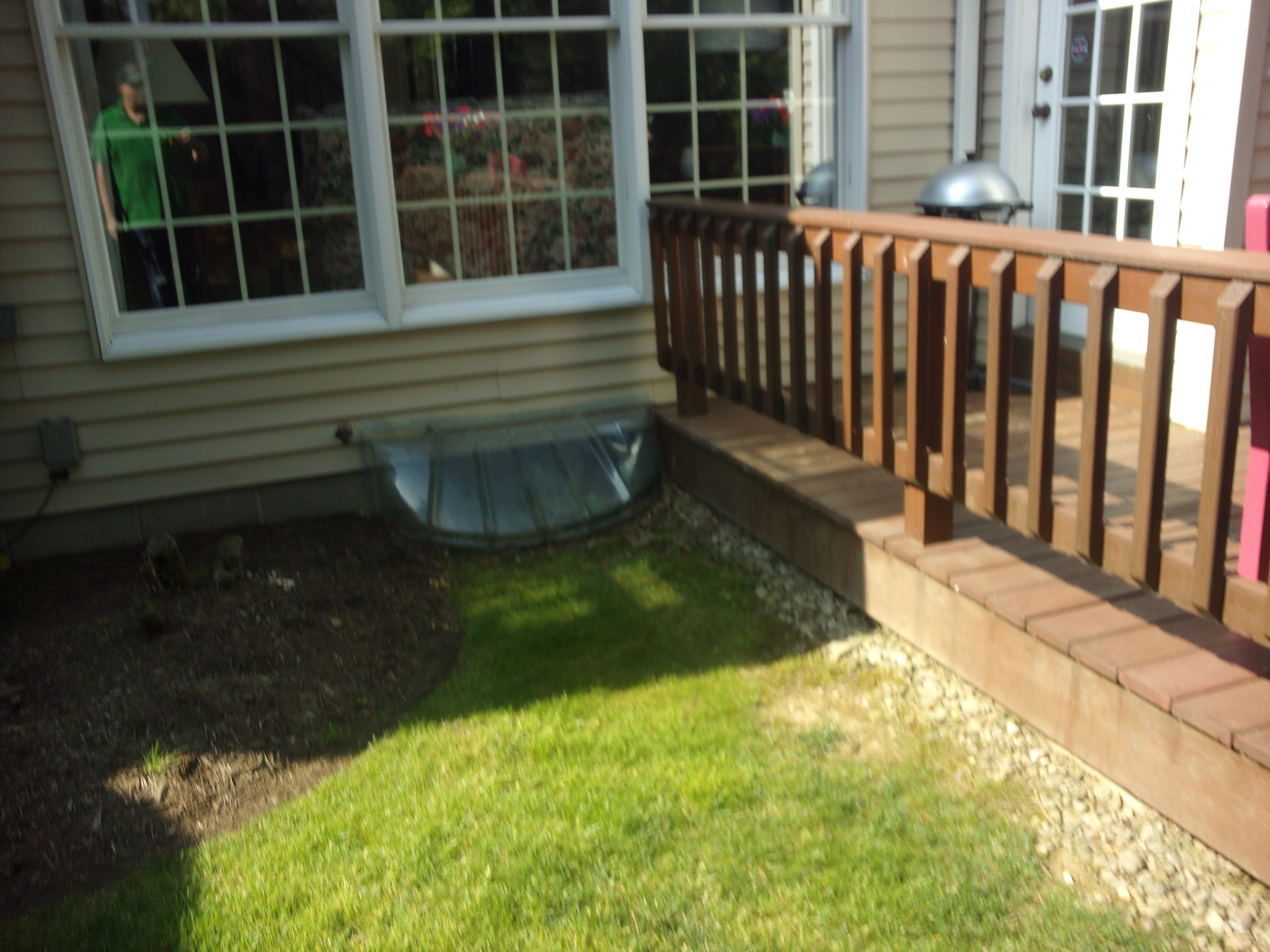The inspection of this deck reveals several problems. The main problem I inspect is that the deck measures 9 feet high and there is no diagonal braces and the posts used are only 4" x 4" and not the 6 x 6" posted that are required.
The Deck Inspection article I read really made me think about deck safety. The fact that most injuries caused by deck collapse are because the deck pulls away from the house is quite scary. I was involved in a deck collapse in High School and it was deemed that very reason,the ledger board was not properly tied into the house and one of my friends almost died when the entire deck collapsed 14 feet.
The stairs are connected to the deck using approximately twenty nails. This results in the structural integrity of the wood that makes up the stairs being damaged. I recommended contacting a reputable deck builder to remove old stairs and replace them properly secured to the decking structure.
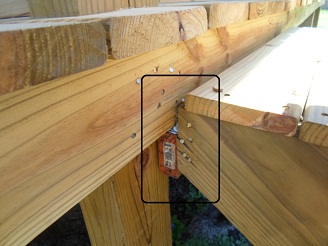
Deck obstruction of emergency egress. It is permitted to build a deck over an emergency egress out of a cellar bedroom.The egress pathway must have a minimum of 36" of headroom and not be obstructed to the outside by lattice our other wall enclosures.
I learned that most of the weight on a deck is near the railing. That weight distribution is because deck users congregate near the railing. It would also make sense being that people usually place their grills near the edge of the deck and away from the house.
Decks, The photo shows the Ledger for a deck. It is very important that this ledger is installed properly to the building, if there is any siding this should be cut back so that the ledger is attached directly to the structure. Water proofing paper should be applied then the ledger and flashing. The bolts attaching the ledger should be a minimum 1/2" dia. they should be staggered and 2" from the upper and lower edges also 5" back from the ends.
Decks and Balconies are very popular add-ons to residences. Inspectors should make sure that they are built both structurally and safely, and also that they do not cause water intrusion into the residence. Wood rot can be a major factor with Decks and Balconies and particular attention should be applied to this.
“Inspecting a Deck, Illustrated” was a refresher of the main course. More than 2,000,000 decks are built/replaced each year and surprisingly only 40% a considered safe. When inspecting a deck there are many safety concerns to look for. The biggest safety concern, in my opinion, is how the deck is supported. A deck needs to have proper footings and to be properly attached to the house using a ledger board and hardware. Using inappropriate materials can leads to an unsafe deck.
This is a picture of a porch. A porch is defined as a covered wooden structure that serves as an entrance to a home at ground level and is usually at the front of the home. I did not find a receptacle outlet, although not mandatory based on the age of the home (pre-2005) this is a safety issue according to the 2008 edition of the National Electrical Code, due to the dangers of having to use an extension cord. Porches with over 20 sq ft should have a receptacle outlet. The porch is without a guardrail which is a safety issue. Since the height of the porch is over 12 inches above grade, recommend installing a guardrail to prevent falls. Another safety issue is lack of lighting on the steps, recommend install lighting on steps to prevent tripping in dark conditions. Paint is also chipping on the steps.
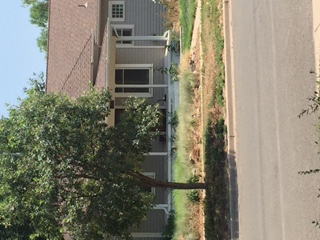
Joist hangers and ties are a vital part of construction.They hold joist,beams and post together maintaining structual integrity.Galvanized metal should be used with pressure treated lumber to prevent early corrosion.There is evidence of water penetration and rusted nails in this photo.
Stairs are a highly used part of any dwelling and should be taken very seriously when it comes to safety.The treads and stringers should be sturdy.The child safety regulations should be adhered to in regards to the 4 3/8 inch space between ballusters and the easily graspable handrails.
I used a picture of a rotten deck board. As you can see the one of the deck boards is severely rotten and is a hazard. There is also concern about the nails that are popping up and could be a tripping hazard or could injure someones bare foot. I would recommend that the damaged boards and the nails be addressed as soon as possible by a licensed deck contractor.
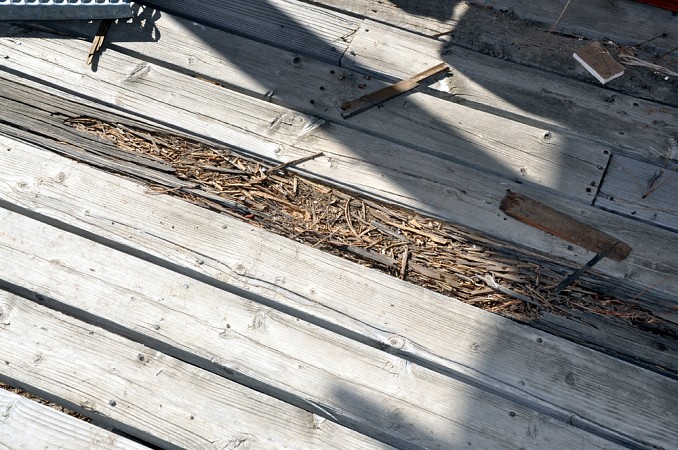
I chose an article on deck inspections. Internachi estimates that of the 45 million existing decks only 40% are completely safe. With this being said many homeowners take it upon themselves to build or modify their deck. This shouldn’t be the case it is often the case where the homeowner doesn’t use the correct fasteners, proper framing material, or proper footings. With this said keep an eye out for poorly framed or missing materials when inspecting decks.
Although the guardrail is not wood, it is still acceptable because the deck sits over 12 inches above the ground. The shape of the caps allows for water shedding to occur with ease. The deck has steps less than 6 inches apart, which is acceptable and allows for easy access.
According to the article about deck receptacles, any deck or porch that is accessible from within the dwelling must have at least one receptacle. Additionally, it can be no higher than 6 1/2 feet above the surface of the deck or porch.
This balcony had several things wrong with it.The Balusters had too large of a gap the wood was extremely weathered and was not properly attached to the home. They used 4x4 posts and there was no cross bracing . It was not a safe structure and need to be rebuilt.
I read the article about inspecting a deck. I would have to agree that many of the decks out there have been built by home owners. Many of the ones I have seen are not properly attached to the home and have loose railings do to poor construction.
This photo shows a deck just above grade. The deck is using the 4x4 treated posts to help stabilize the railing. This railing holds a min of 300lbs side load and that is probably on the lighter side of what it can hold. The balusters are 4in apart making them acceptable.
Backflow prevention in my area is something that we look at quite frequently. These are basically a check valve that will keep water from running in the opposite direction if something were to cause the water to flow backwards, We also see them on some sewer lines in a town home type situation where 4 or 5 homes are all connected and run from one unit to the next. These back flow valves will keep waste water from coming into the units basement and try to push the water to its appropriate destination.
I chose this picture to write about because of its simple yet efficient portrayal of a proper railing system and installed in the proper manner. This ensure the safety of the deck as railing systems are usually one of the biggest safety issues with decks.

